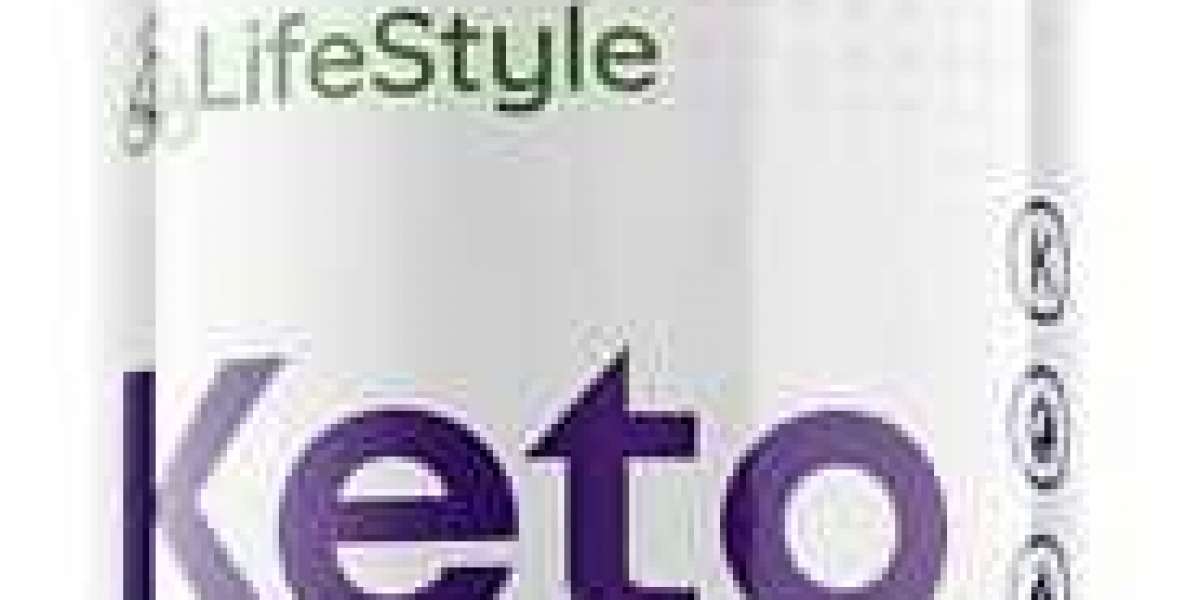Mechanism
Atorvastatin competitively inhibits 3-hydroxy-3-methylglutaryl-coenzyme A (HMG-CoA) reductase. [2] By preventing the conversion of HMG-CoA to mevalonate, statins reduce cholesterol production in the liver. Atorvastatin also increases the number of LDL receptors on the surface of liver cells.
In patients with homozygous or heterozygous familial hypercholesterolemia, mixed dyslipidemia, isolated hypertriglyceridemia, or nonfamilial hypercholesterolemia, atorvastatin has been shown to reduce total Cholesterol (TC), low-density lipoprotein cholesterol (LDL-C), apolipoprotein B (apo B), very-low-density lipoprotein (VLDL-C) and triglycerides (TG), while increasing HDL Cholesterol (HDL-C).
In patients with dysbeta lipoproteinemia, atorvastatin has been shown to reduce intermediate density lipoprotein (IDL-C).
Pharmacokinetics
The pharmacokinetic properties of atorvastatin are described below. [3]
Atorvastatin is rapidly absorbed after oral administration, with peak plasma concentrations occurring within 1 to 2 hours. Bioavailability is as low as 14% due to extensive first-pass metabolism.
distribute
Atorvastatin is highly bound to plasma proteins (over 98%) and has a volume of distribution of approximately 380 liters.
metabolism
Atorvastatin is metabolized by cytochrome P450 3A4 (CYP3A4) to active ortho- and para-hydroxylated metabolites.
excretion
Atorvastatin and its metabolites are eliminated in bile. Atorvastatin is not known to undergo enterohepatic recirculation. The half-life of atorvastatin is about 14 hours, and the half-life of its active metabolite is about 20-30 hours.
go:
administrative
Atorvastatin is available as atorvastatin calcium tablets in strengths of 10, 20, 40 and 80 mg.
This medication can be taken with or without food and should be taken at the same time each day. It is usually recommended to take statins at bedtime because endogenous cholesterol synthesis is cyclical, with highest levels on an empty stomach and at night. However, atorvastatin has a longer half-life than other statins with shorter half-lives (such as lovastatin, fluvastatin, and simvastatin), allowing greater flexibility in timing of dosing.
adult dose
Dosing of atorvastatin can be based on LDL-C lowering capacity (strength), or the dose can be titrated to specific lipid targets.
American College of Cardiology/American Heart Association guidelines recommend moderate-intensity (atorvastatin 10 to 20 mg) or high-intensity (atorvastatin 40 to 80 mg) therapy, depending on the statin benefit group the patient belongs to. A moderate-intensity statin should lower LDL-C by about 30% to 50%, while a high-intensity statin should lower LDL-C by more than 50%. [4]
Both the National Lipid Association and the American Association of Clinical Endocrinologists recommend the use of statin therapy to achieve specific lipid targets based on risk of atherosclerotic cardiovascular disease. [5][6]
Pediatrics
There are no data from studies of pediatric patients with heterozygous familial hypercholesterolemia at doses greater than 20 mg. Doses up to 80 mg have been used in a limited number of pediatric patients with familial hypercholesterolemia. Studies have not evaluated the use of atorvastatin in prepubertal or in patients younger than 10 years of age.
Geriatrics
Patients over 65 years of age may have higher plasma concentrations of atorvastatin than younger patients. Elderly patients may be at increased risk for statin-induced myopathy.
Renal insufficiency
Atorvastatin and its metabolites are not eliminated by the kidneys, so no dosage adjustment is required for reduced renal function. Hemodialysis is unlikely to remove atorvastatin due to plasma protein binding.
Liver damage
Plasma concentrations of atorvastatin are elevated in patients with chronic alcoholic liver disease. Drug exposure was four times higher in Child-Pugh class A patients and 11 times higher in Child-Pugh class B patients. Atorvastatin is contraindicated in patients with active liver disease. [7]
drug interactions [8]
Coadministration of atorvastatin with strong CYP3A4 inhibitors can result in increased plasma concentrations, which may increase adverse events, including myopathy. OATP1B1 inhibitors can increase the bioavailability of atorvastatin. [9]
Inducers of CYP3A4 may cause decreased plasma concentrations of atorvastatin.
Patients taking digoxin should be monitored when initiating atorvastatin because digoxin plasma concentrations may increase.
Atorvastatin may also increase the drug concentrations of norethindrone and ethinyl estradiol.


